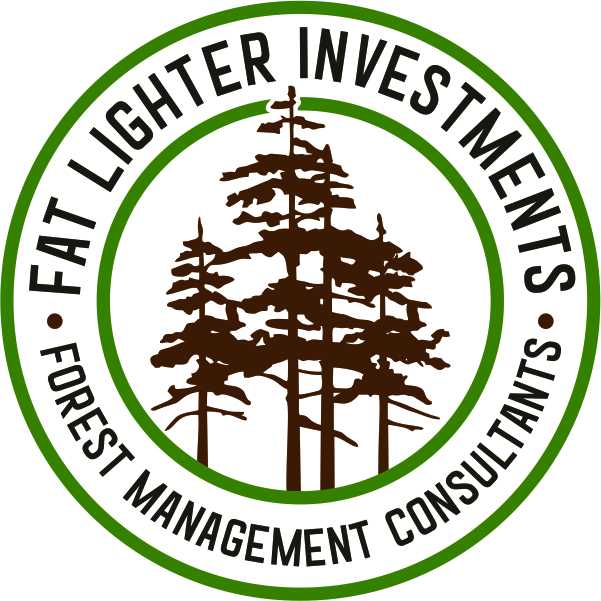
Pine plantation management involves the systematic planning and maintenance of pine forests to ensure their health, productivity, and sustainability. This process is essential for maximizing the economic and ecological benefits of pine forests. Pine plantations are valuable for timber production, wildlife habitat, and other ecosystem services. Effective management practices help landowners achieve their goals while maintaining the long-term health of the forest.
How It Works
Successful pine plantation management encompasses several key practices and principles. Here are seven essential aspects of managing a pine plantation effectively:
1. Site Preparation: Proper site preparation is the foundation of a successful pine plantation. This involves clearing existing vegetation, controlling weeds, and preparing the soil to create optimal conditions for planting pine seedlings. Techniques like mechanical clearing, herbicide application, and prescribed burning are often used.
2. Seedling Selection: Choosing the right type of pine seedlings is crucial. Factors such as local climate, soil type, and the intended use of the timber should guide your selection. High-quality, disease-resistant seedlings are essential for establishing a healthy and productive plantation.
3. Planting Techniques: Proper planting techniques ensure that seedlings have the best chance of survival and growth. This includes planting at the correct depth and spacing, as well as planting during the appropriate season. Careful handling of seedlings to avoid damage is also important.
4. Thinning: Thinning is the process of selectively removing trees from the plantation to reduce competition for resources such as light, water, and nutrients. This practice promotes the growth of remaining trees, improves forest health, and can generate intermediate income through the sale of thinned timber.
5. Pest and Disease Management: Regular monitoring and control of pests and diseases are essential to protect the health of the plantation. Integrated pest management strategies, including biological controls and targeted pesticide use, help minimize damage and maintain forest productivity.
6. Fire Management: Prescribed burning and other fire management techniques are used to reduce the risk of uncontrolled wildfires, manage competing vegetation, and promote the growth of desired pine species. Fire management is a critical component of maintaining a healthy pine plantation.
7. Harvesting: When the trees reach maturity, careful planning of the harvest ensures that timber is harvested sustainably and efficiently. This includes selecting the right time for harvest, using appropriate techniques, and considering market conditions to maximize financial returns.
Wrapping Up!
In summary, pine plantation is crucial for maintaining healthy, productive forests that provide economic and ecological benefits. Effective management involves site preparation, seedling selection, planting techniques, thinning, pest and disease management, fire management, and careful harvesting. Fat Lighter Investments stands out as a trusted partner in pine plantation management. Whether you are looking to optimize your timber production or implement effective Pine Straw Management, Fat Lighter Investments is here to guide you every step of the way.
